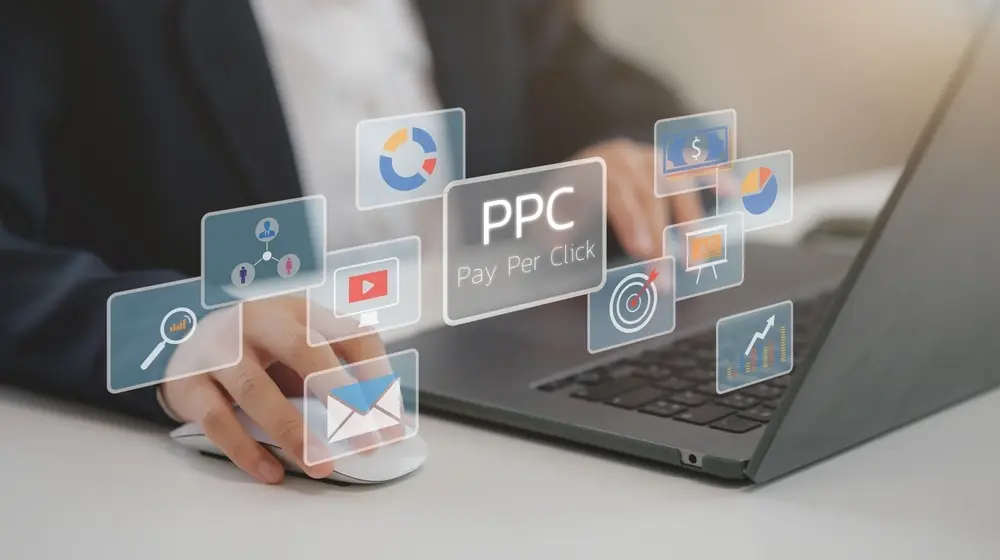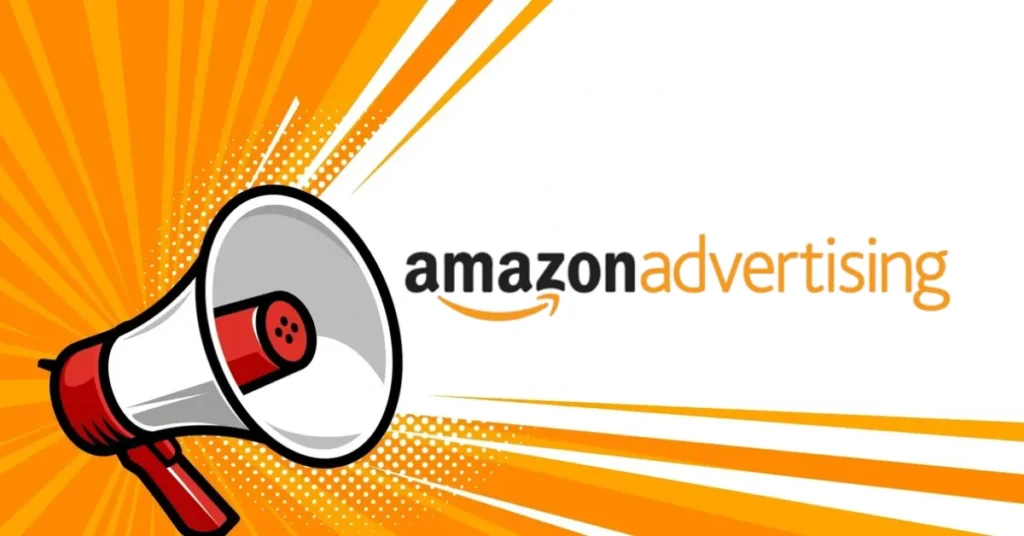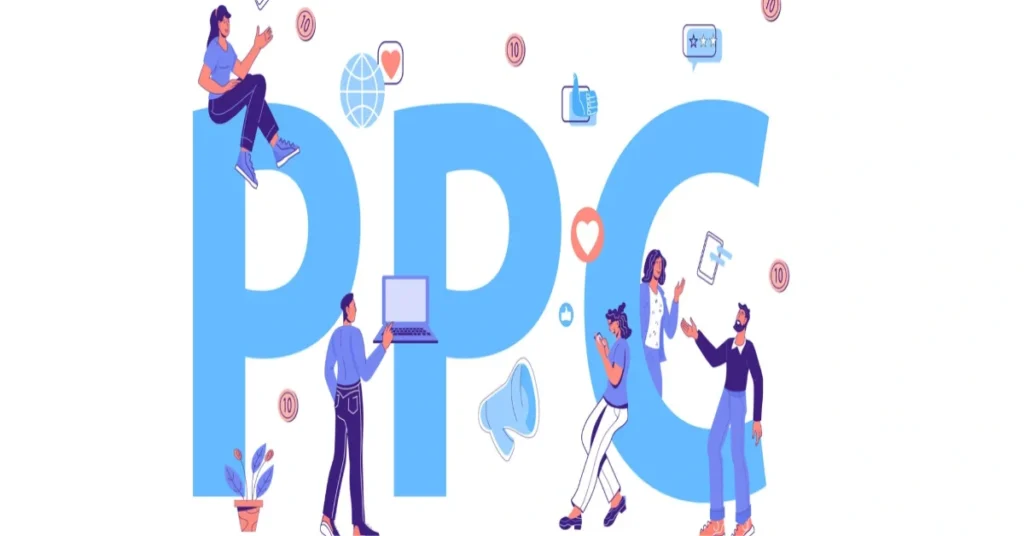Search engine marketing Chennai. If you run a business in Tamil Nadu, you probably hear this phrase often. You see your competitors appearing at the top of Google. You wonder how they got there. You built a website, but the phone isn’t ringing.
I know the frustration. You spent money on a design. You were told customers would come. But your site sits there, invisible. Here is the truth: A website without marketing is like a shop in a forest. No one knows it exists.
I am a digital marketing professional based in Trichy. I serve clients from Chennai to Coimbatore. I wrote this guide to fix your visibility problem. We will look at why you are invisible, how to fix it, and why a strategy built for Tamil Nadu works better than a generic one.
The Invisible Problem: Why Your Website Fails

Walk through T. Nagar or Anna Nagar. You see shops fighting for attention. They use big boards and bright lights. The internet works the same way. But the competition is harder. In Chennai alone, thousands of businesses launch every month. If you sell “organic rice” or “SaaS software,” you compete with hundreds of others.
Most business owners in Tamil Nadu make a classic mistake. They treat a website as a digital brochure. They think, “I built it, so Google will show it.” Google does not care about your website’s design. Google cares about relevance.
Search engine marketing Chennai is the process of forcing Google to notice you. It is not magic. It is engineering. You can wait for years to rank naturally, or you can use a strategy to get there faster. You need a plan that combines two things:
- SEO (Search Engine Optimization): Earning your spot.
- PPC (Pay-Per-Click): Buying your spot.
If you ignore this, you hand your customers to your competitors.
SEO vs. PPC: The Real Difference

Many clients ask me, “Should I do SEO or Google Ads?” According to Google resources SEO helps your website appear in unpaid search results through high-quality, relevant content, strong site structure, and clear language, making it a long-term visibility strategy, while PPC (such as Google Ads) delivers fast, targeted traffic by placing paid ads for chosen keywords; ultimately, Google recommends using both together—SEO for sustainable growth and PPC for immediate, targeted reach. The answer is usually “Both.” But you must understand the difference. Think of it like housing.
SEO is Home Ownership
You buy a plot. You build a house brick by brick. It takes time. You pay for materials (content, technical fixes). But once you build it, you own it. You don’t pay rent to stay there. When you rank #1 organically, that traffic is free.
PPC is Renting a Penthouse
You want the best view immediately? You pay rent. Google Ads is the rent. You pay for every visitor. The moment you stop paying, you are evicted. But the advantage is speed. You can be on Page 1 in 24 hours.
Here is a quick comparison for the Tamil Nadu market:
| Feature | SEO (Organic) | PPC (Google Ads) |
|---|---|---|
| Speed | Slow (3-6 months) | Instant (24-48 hours) |
| Cost | Fixed monthly effort | Varies (Pay per click) |
| Long-term Value | High. Asset building | Low. Stops when the budget stops |
| Trust | Users trust organic results more | Users know it is an ad |
| Control | Low. Google decides ranking | High. You control the message |
The Local Twist: Winning in Tamil Nadu

This is where I do things differently. A generic agency in Mumbai or Bangalore does not understand our market. They use English keywords and hope for the best. As per Google support, Tips to improve your local ranking on Google, Google recommends making your Business Profile as complete and accurate as possible — including address, phone number, business type, operating hours, photos, service details, etc. Verified, up-to-date info helps ensure you show up when people nearby search for your services. Search engine marketing Chennai requires a lot of a local approach.
1. The Tamil Voice Search Boom
Have you noticed people speaking into their phones? “Google, Trichy la best digital marketing agency edhu?“
Voice search is exploding in Tier 2 and Tier 3 cities. Even in Chennai, people mix Tanglish (Tamil + English).
- Generic Strategy: Targets “Best SEO agency.”
- Our Strategy: Targets “Low cost SEO services near me” and Tamil-voice queries.
If your content does not answer these conversational questions, you lose 40% of the market. I optimize your site for these specific local phrases.
2. Hyper-Local Targeting (Geo-Fencing)
Imagine you run a restaurant in Adyar. You don’t need clicks from Tambaram. I set up your ads to show only to people within 5km of your shop.
This saves money. We don’t waste your budget on people who will never visit. Big agencies often skip this detail. They set the location to “Chennai” and burn your cash. I set it to your specific pin code.
The Strategy: How We Fix Your Business
We don’t offer “packages” that fit everyone. A textile exporter in Tirupur needs a different plan than a dentist in Madurai.
Here is our process when you work with me:
Phase 1: The Audit (The Truth)
I look at your website. I check your speed. I see if Google can read your text. Most importantly, I spy on your competitors.
- What keywords do they use?
- Where do they get their links?
- How much do they spend on ads?
Phase 2: The Foundation (Technical SEO)
Before we run ads, we fix the holes in your bucket.
- Speed: Your site must load in 3 seconds. Mobile data in India can be slow. If your site is heavy, you lose customers.
- Structure: Google needs to understand your hierarchy. Home > Services > SEO.
- GMB (Google Business Profile): This is non-negotiable. I optimize your map listing so you show up in the “Local Pack” (the map box at the top of search results).
Phase 3: The Content (Authority)
We stop writing for robots. We write for humans. If you are a real estate agent, we don’t just say “Buy Flats.” We write, “Is it safe to buy land in OMR in 2025?” We answer the actual doubts of your customer. This builds trust. Trust leads to sales.
Phase 4: The Ads (Traffic)
We launch Google Ads for immediate leads.
- Search Ads: For high-intent buyers. (“Buy a water purifier in Chennai”)
- Display Ads: For brand awareness. (Banners on news sites)
- Remarketing: This is powerful. If someone visits your site and leaves, we show them your ad on YouTube or Instagram the next day. We remind them until they buy.
Why Hire a Freelancer in Trichy?
You might ask, “Why should I hire you? There are big agencies in Chennai.” That is a fair question. Here is the answer.
1. You Pay for Us, Not the Office
Big agencies in Chennai pay high rent. They have HR teams, coffee machines, and fancy meeting rooms. Who pays for that? You do. Their fees cover their overhead. We work from Trichy. Our costs are low. When you pay us, 100% of your money goes into your marketing, not our electricity bill.
2. You Talk to the Expert
In an agency, the sales guy promises you the moon. Then, he hands your account to a junior intern. You never speak to the expert again. With us, you talk to us. We run the ads. We write the code. We answer the phone. If something breaks on Saturday night, we fix it.
3. Total Customization
Agencies love “Gold, Silver, Bronze” packages. They put you in a box. I don’t have boxes. If you need aggressive ads for Diwali and zero ads in January, we do that. I adapt to your cash flow.
2025 Trends: What is Coming?
The digital world moves fast. What worked in 2023 will fail in 2025. Here is what we need to watch.
AI Search (SGE)
Google is introducing “Search Generative Experience.” Instead of 10 blue links, Google gives a direct answer generated by AI.
- Old Way: User clicks your website to find the answer.
- New Way: Google reads your site and shows the answer directly.
- The Fix: We must optimize your content so Google cites YOU as the source. We need to be the authority.
Video is King
The text is boring. People want to watch. I help clients integrate video into their landing pages. A 30-second video explaining your service increases sales by 80%.
“Near Me” is Everything
“Digital marketing freelancer near me.” “Best biryani near me.” “Plumber near me.” These searches have grown 200% in India. If your Google Map listing is not perfect, you are invisible to these high-intent buyers.
Real World Examples
Let’s look at how this works in practice.
Example 1: The AC Repair Guy
- Problem: He had a website but zero calls.
- Solution: We created a Google Business Profile. We asked happy customers to leave reviews. We ran simple Google Ads for the keyword “AC service Chennai” only between 9 AM and 6 PM (business hours).
- Result: He now gets 15 calls a day. He had to hire two more technicians.
Example 2: The Online Saree Seller
- Problem: High competition from Myntra and Ajio.
- Solution: We focused on “Long Tail Keywords.” Instead of “Silk Sarees” (too expensive), we targeted “Kanjivaram wedding sarees soft silk price.”
- Result: Lower traffic, but higher sales. The people searching for that specific phrase were ready to buy.
Common Mistakes to Avoid
I see business owners burn lakhs of rupees on bad marketing. Avoid these traps.
- Buying Links: Never pay for backlinks on cheap sites. Google will catch you and ban you.
- Ignoring Mobile: 90% of your customers are on a smartphone. If your site looks bad on a phone, you are dead.
- Setting and Forgetting: Google Ads is like a stock market. You must watch it daily. If you set it and leave it for a month, you will waste money on bad clicks.
The Cost Question
“How much does it cost?”
This is the most common question. The answer is: It depends on your ambition.
- Google Ads: You can start with ₹500 per day.
- SEO: This is a monthly retainer for our time.
But do not look at it as a “cost.” Look at it as an investment. If you spend ₹10,000 and make ₹50,000 in sales, the cost is irrelevant. Our goal is to make your campaigns profitable. I track every Rupee. I will send you a showing of exactly where your money went and what it brought back.
FAQ: Search Engine Marketing Chennai
Conclusion: Let’s Grow Your Business
The Tamil Nadu market is huge. The customers are there. They are searching for your product right now. But they are finding your competitor.
You don’t need a massive budget. You don’t need a fancy office. You need a smart strategy. You need search engine marketing Chennai that understands the local pulse.
I offer you clarity. No jargon. No hidden fees. Just hard work and clear results. Stop letting your website sit idle. Let’s turn it into a sales machine.
Are you ready to dominate your market? I offer a one-to-one consultation free of charge. Let’s get on a call. I will look at your website, spot the errors, and give you a roadmap. No obligation. Contact us today. Let’s build your digital future together.





